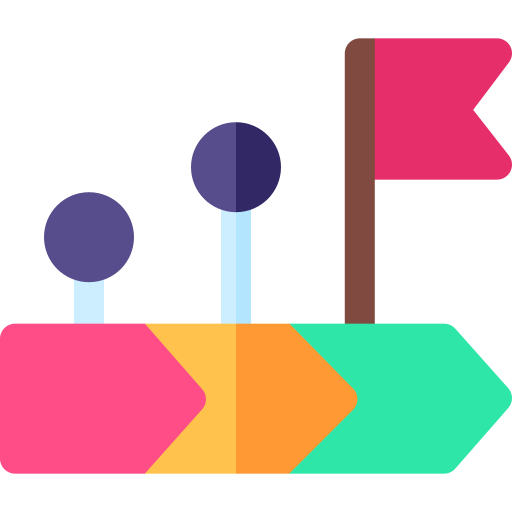Master the Role of a Software Development Engineer in Test (SDET)
Master the skills of both software development and testing to become an SDET. Join our program to drive quality in software engineering and secure a leading role in the tech industry
Contact Us
+1-800-543-5571



About Career Path
The SDET (Software Development Engineer in Test) career path is designed for individuals who aspire to combine their programming skills with software testing expertise. This comprehensive training program equips participants with the knowledge and tools needed to excel in both development and testing environments. SDET roles are in high demand as companies look for professionals capable of developing automated test scripts, writing code, and ensuring software quality in agile environments. The course is ideal for freshers and non-IT professionals seeking to make a career shift into software testing.
Key Benefits
- Integrated Learning: Gain expertise in both software development and testing, making you a versatile asset to any tech team.
- Practical Experience: Work on real-life projects that replicate industry challenges, ensuring you’re ready for the workforce.
- Career Advancement: Position yourself for leadership roles in quality assurance with guidance from industry-leading professionals.

Target Audience & Requirement
Target Audience:
- Non-IT professionals interested in transitioning into a technical role in software testing.
- Fresh graduates looking to enter the IT industry with a focus on both development and testing.
- Manual testers who want to advance their skills in automation and programming.
- Professionals eager to shift their career toward test automation and development.
Requirements:
- Basic understanding of software and testing concepts.
- Willingness to learn programming languages and work in test automation.
- No prior coding or automation experience is required.

What You'll Learn
- Coding Fundamentals: Develop a strong foundation in coding with languages like Java and Python, essential for any SDET.
- Test Automation Mastery: Learn to build robust test automation frameworks using Selenium, Appium, and other leading tools.
- Performance and Security Testing: Ensure your applications perform under pressure with advanced performance and security testing techniques.
Career Path's Courses
-
Java for Testers: Essential Skills for Automation Testing
This course provides essential Java programming skills tailored for software testers. Learn Java basics, control flow, OOPs, ...450 students enrolled -
Mastering Selenium WebDriver with Java
This course provides a thorough introduction to Selenium WebDriver with Java. Learn how to set up Selenium, interact with ...561 students enrolled -
Mastering TestNG with Java and Selenium WebDriver
This course provides in-depth training in TestNG, a powerful testing framework used with Java and Selenium WebDriver. Learn ...30 students enrolled -
Cucumber BDD with Java Selenium WebDriver
This course provides a complete introduction to Cucumber BDD with Java and Selenium WebDriver. Learn to set up a BDD ...55 students enrolled -
Jenkins for Testers: Hands-On Automation Training
This course offers hands-on training in Jenkins, focusing on pipeline for automation. Learn how to install and configure ...83 students enrolled -
Selenium WebDriver with Python
This hands-on course provides comprehensive training in Selenium WebDriver using Python. Learn browser automation, locate ...561 students enrolled

Marketing Demand
SDET roles have become increasingly popular due to the growing need for professionals who can bridge the gap between development and testing. These experts ensure quality at every stage of the software development lifecycle.
Job Roles in High Demand:
- SDET (Software Development Engineer in Test)
- QA Automation Engineer
- Test Automation Developer
- Automation Architect
- DevOps Engineer
Salary Outlook:
- Entry-Level SDET: $70,000 - $85,000 per year in the U.S.
- Mid-Level SDET (2-5 years): $85,000 - $100,000 per year.
- Senior SDET (5+ years): $100,000 - $130,000+ per year.
Future Market: The future for SDETs is bright as companies adopt continuous integration, continuous delivery (CI/CD), and DevOps practices. The demand for automation skills, combined with development capabilities, is expected to increase as organizations strive to improve software quality and speed up the release cycle.
Ready to join?
Jumpstart your career as an SDET today! Enroll in the SDET Career Path and gain expertise in development and testing.